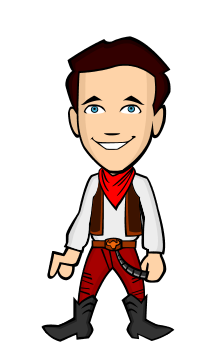Soon after I got into time-lapse photography, I was introduced to the films Koyaanisqatsi and Baraka. Both films exhibit fantastic cinematography and involve heavy use of time-lapse photography. These were the first films that I saw that used time-lapse as an experimental story telling technique and it was after watching these films that I decided to make 'Rush'.
I used time-lapse on the very wide and impersonal shots of the city and juxtaposed this with slower closeups of people. This really was to communicate the different ways we can view people. You can view a city as a whole and see the fast moving traffic and the masses of people 'Rush'ing around the countless number of buildings. At the same time, a city is filled with a plethora of individual people. It is important to remember that amongst the masses of crowds, are various different individuals, each with their own stories, personalities and lives.
For this film I used a Tilt-Shift effect on the camera to create the illusion of a miniature city. This effect is usually created using a Tilt-Shift lens but as I did not have one in my possession, I decided to create the effect in post production. The miniature effect is created by placing a shallow depth of field on a large space. This tricks the eye into thinking that the large space is actually miniature. I also increased the saturation on all of the shots to really help sell the miniature 'toy town' effect.
Trivia:
- Most of the shots were filmed in London and Manchester
- The time-lapses I created here took no longer than 2 minutes to film and because of this, I used the video record mode on the DSLR to create the time-lapse, instead of using photographs
- For the Manchester shoot day, I was lucky enough to have the help of fellow filmannex'ers Anderson West and Jack Tew
- The majority of the time lapses were achieved without using a tripod. I either would use a monopod and lean it against a wall, or I would hold the camera still against a surface to keep the shot steady
- All movements in the time-lapses were created using keyframes in Final Cut Pro.
Be sure to check out my WebTV for more films like this, more story based films and behind the scenes blogs.
http://www.filmannex.com/webtv/AndyParker



